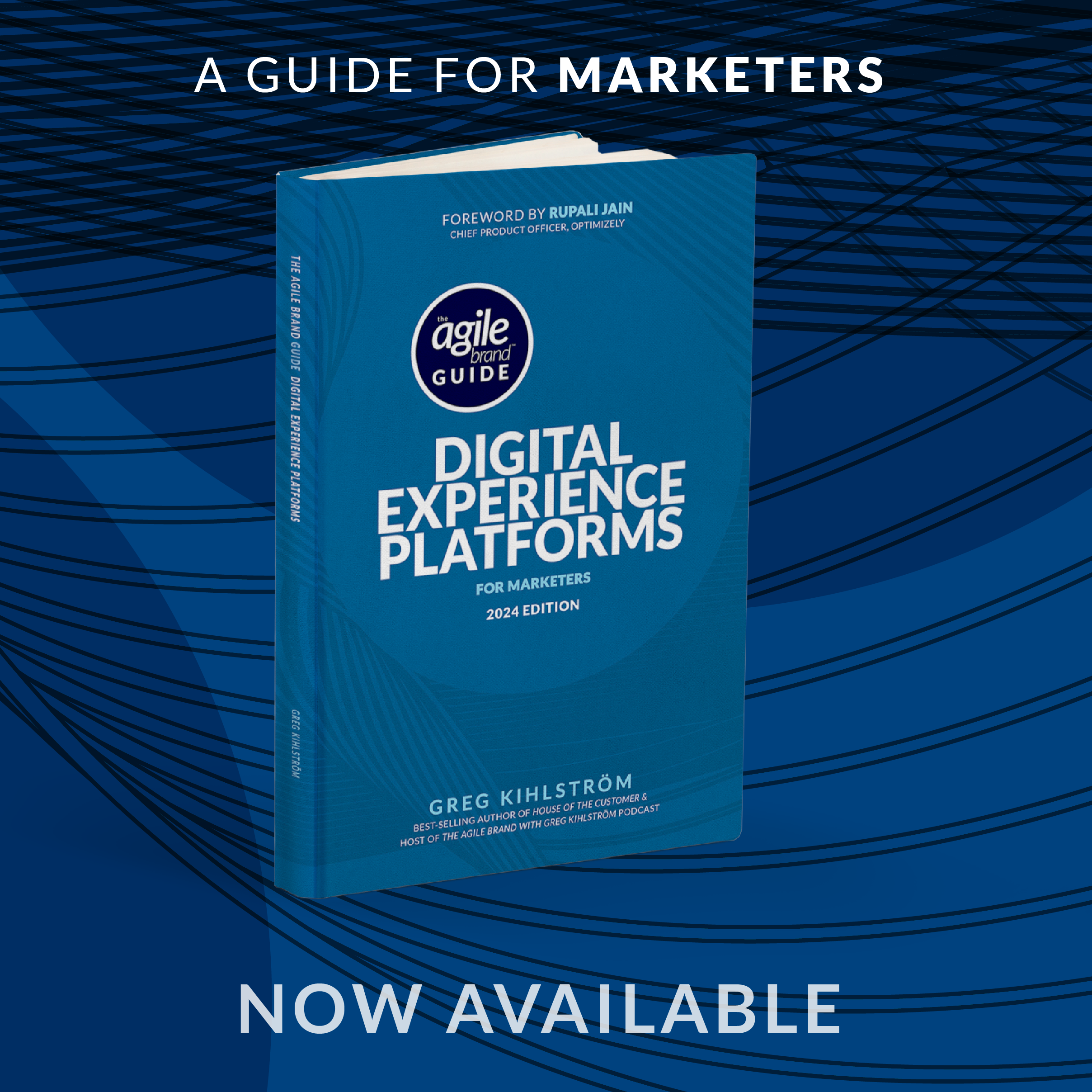This article was based on the interview with Chris Dishman of Totango by Greg Kihlström, marketing technology consultant for the B2B Agility with Greg Kihlström podcast. Listen to the original episode here:
Customer success strategy is becoming increasingly important in today’s business landscape, as organizations are realizing the value of focusing on their existing customer base to drive growth and revenue.
In the podcast interview, the concept of customer-led growth was discussed, emphasizing the importance of expanding revenue from the customer base and protecting existing revenue. This approach involves a strategic focus on customer success throughout the entire organization, rather than just focusing on acquiring new customers.
One of the key hurdles that organizations face in implementing a customer-led growth strategy is the traditional focus on acquisition. In the past, companies may have prioritized acquiring new customers over nurturing and expanding relationships with existing customers. However, in today’s market where budgets are tighter and customer retention is crucial, organizations are realizing the need to shift their focus towards protecting and growing revenue from their install base.
To overcome these hurdles and become more customer-led, organizations can take several initial steps. First, they can prioritize customer success by aligning departments around the customer and investing in technology and tools that support the customer lifecycle. This may involve breaking down silos between teams, implementing unified processes, and leveraging data and technology to better understand customer needs and preferences.
Empowering customer-facing teams is also crucial in driving customer-led growth. By providing training and resources to frontline employees, organizations can ensure that they are equipped to deliver exceptional customer experiences and drive customer loyalty. Additionally, organizations can implement feedback loops and customer engagement strategies to gather insights and feedback from customers, enabling them to continuously improve and tailor their offerings to meet customer needs.
In conclusion, a customer-led growth mindset is essential for organizations looking to thrive in today’s customer-centric marketplace. By prioritizing the needs and preferences of customers, aligning departments around the customer, investing in technology, and empowering customer-facing teams, organizations can create a sustainable and profitable revenue strategy that drives growth and success. Embracing a customer-led growth mindset is not just a trend, but a strategic imperative for organizations that want to stay ahead of the competition and build lasting relationships with their customers.











